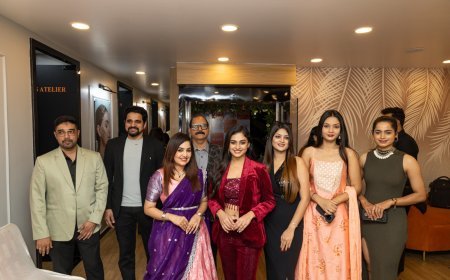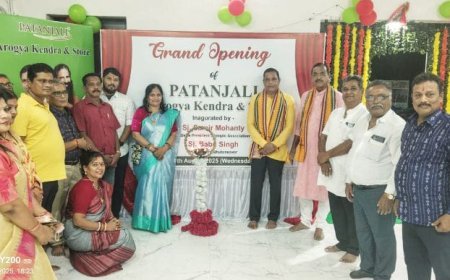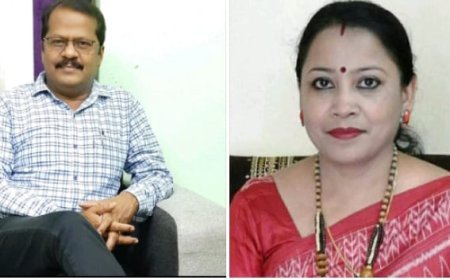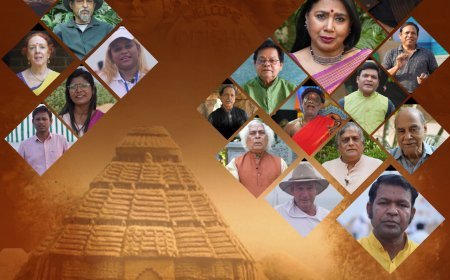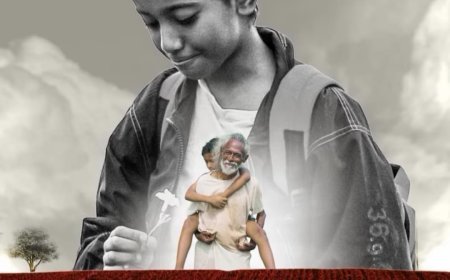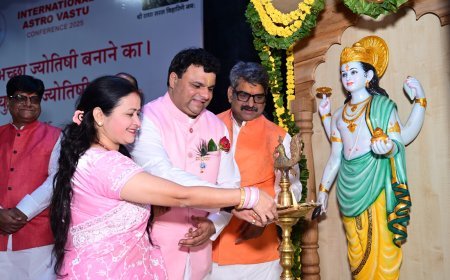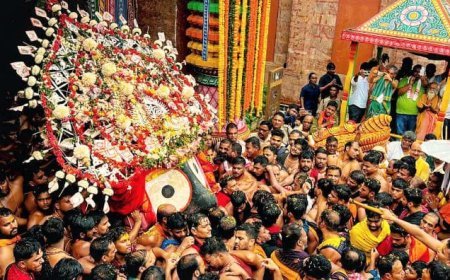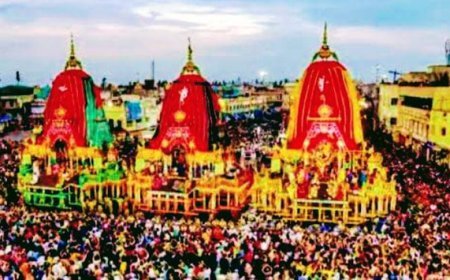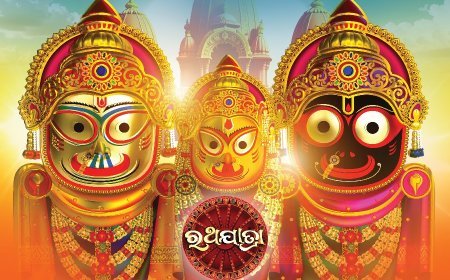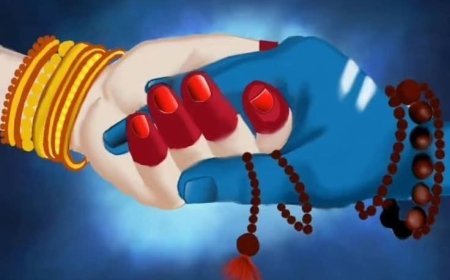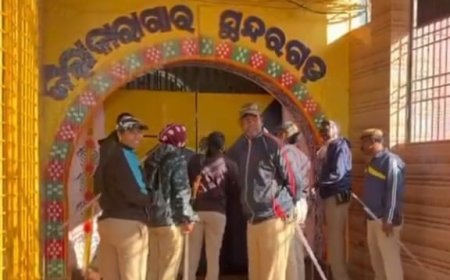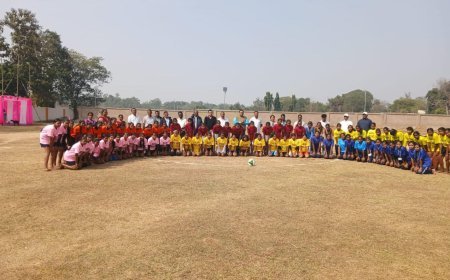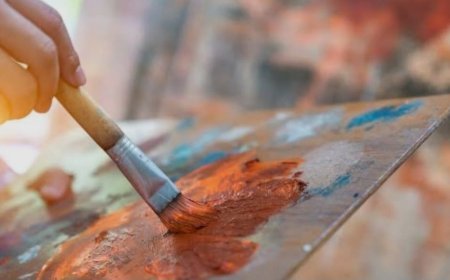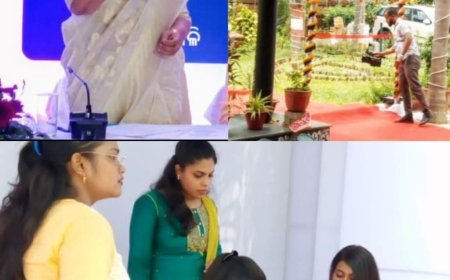Dream in the culture : Maniabandha Sarees
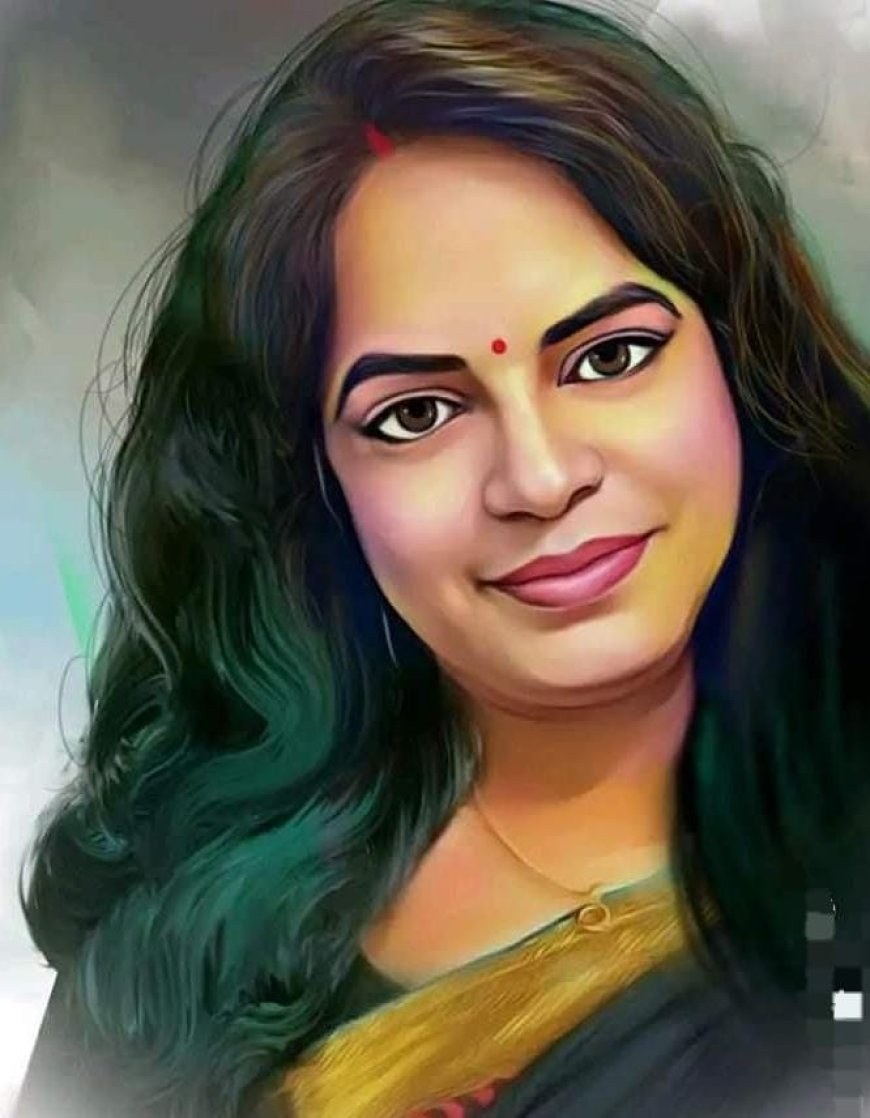
By- Susmita Mishra
Odisha as a state has a rich cultural and artistic heritage . The innocent, impoverished, and often illiterate inhabitants here tran VVsform their pitiable conditions by creating life on lifeless stone, unsullied palm leaves, clay, molten bronze, and hard ivory, all out of the dreamy visuals of their imaginations. From time immemorial, artistic traditions have been developed as a form of hereditary occupation. Villages have been built around hereditary occupations, providing self-employment for each dweller.
One such village, renowned for its rich cultural heritage and traditional handloom weaving, is Maniabandha, located in the Cuttack district of Odisha, India. It is just a one-and-a-half-hour journey from Bhubaneswar city. With tasteful craftsmanship, eye-catching colors, and mind-blowing Ikat techniques, the dwellers of this hamlet create music with pieces of yarn.
The village Maniabandha derives its name from a combination of two words: ‘Mani+Buddha’ and ‘Mani+Bandha’, which later transformed into Maniabandha. Many inhabitants are Buddhists, with Buddha statues and paintings adorning the walls of their houses. It is a quiet, neat, clean, peaceful, and friendly village.
The primary economic activity in Maniabandha is handloom weaving, with most households involved in this craft. Weavers use traditional wooden looms and manual techniques to ensure that the sarees produced are of high quality and retain their traditional patterns and designs. The use of natural dyes and sustainable weaving practices is common, contributing to the eco-friendliness of their products.
Hieun Tsang, the famous Chinese traveler, popularized this village in world history by mentioning its name and expertise in producing beautiful handlooms during his visit in the 7th century AD.
Maniabandha sarees are renowned for their intricate weaves and cultural significance, embodying the rich heritage and craftsmanship of the region. These sarees are typically made from fine cotton or silk threads, employing the Ikat technique, known locally as "Bandha." In this method, the yarns are tie-dyed before weaving, resulting in intricate and precise patterns. The process is labor-intensive and requires great skill.

Unlike other regions where silkworms are boiled alive to obtain silk fiber, Maniabandha’s weavers extract silk thread from the cocoons shed by the worms, making Maniabandha silk vegan. Additionally, there are sarees specially woven for Lord Jagannath, Balabhadra, Subhadra, and Goddess Lakshmi for various occasions.
Maniabandha sarees are known for their vibrant colors and geometric patterns. Common motifs include temple borders, fish, conch shells, and floral designs. The borders and pallus (end pieces) are usually elaborately decorated, adding to the saree's aesthetic appeal.
These sarees are not just garments but also hold cultural and religious significance. They are often worn during important ceremonies, festivals, and rituals, reflecting the local customs and beliefs of the region.
Efforts have been made to promote and protect this traditional art form through geographical indication (GI) status, which helps safeguard the authenticity and quality of the sarees. Under the Pradhan Mantri Viswakarma Yojana, the One Station One Product stall at Cuttack Railway Station showcases the handloom products of Maniabandha, allowing passengers to purchase these handloom products right at the station.
With a commitment to preserving its cultural and natural treasures, Maniabandha sets forth a vision for sustainable rural development through tourism, inviting travelers to explore its rich tapestry of tradition and craftsmanship.



